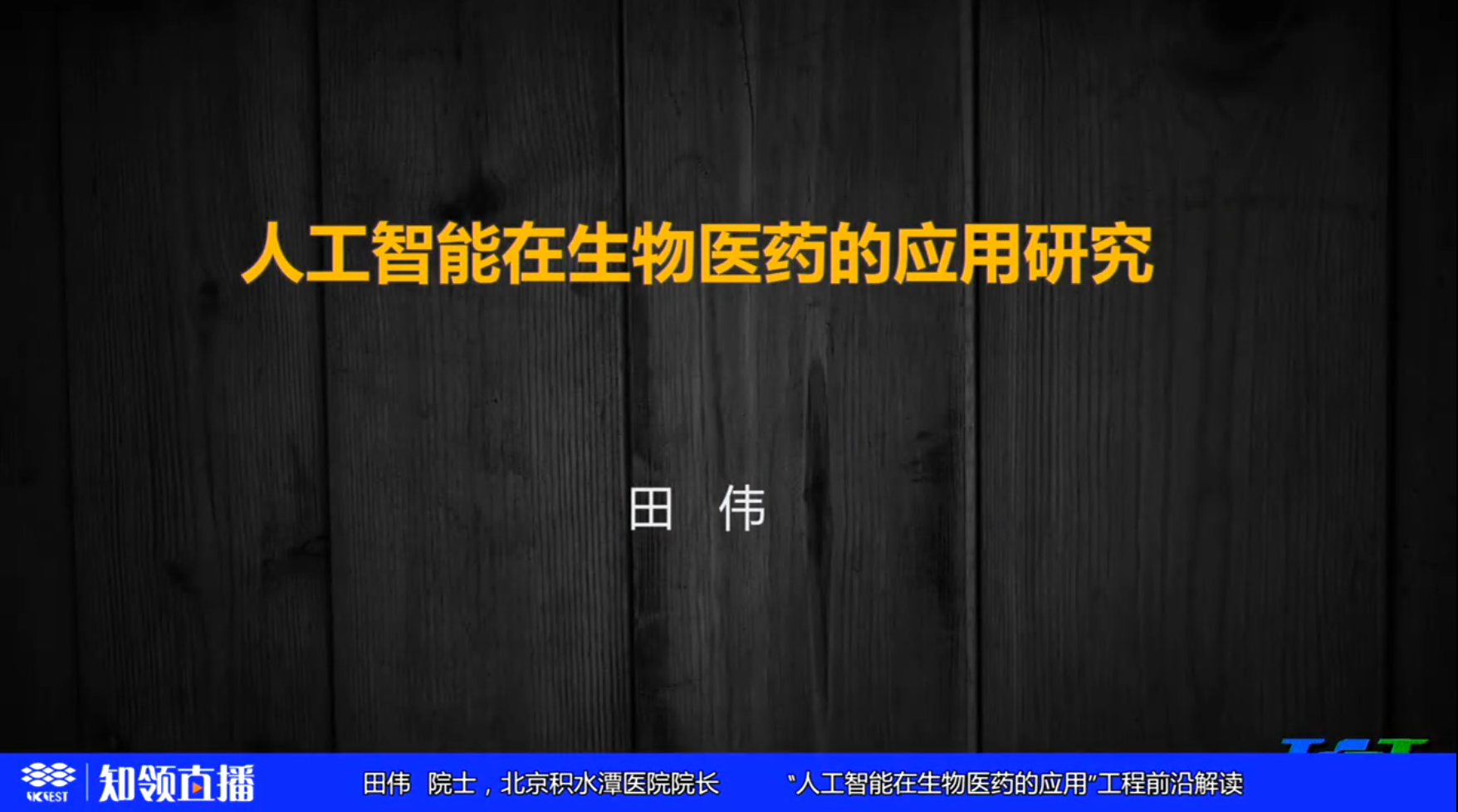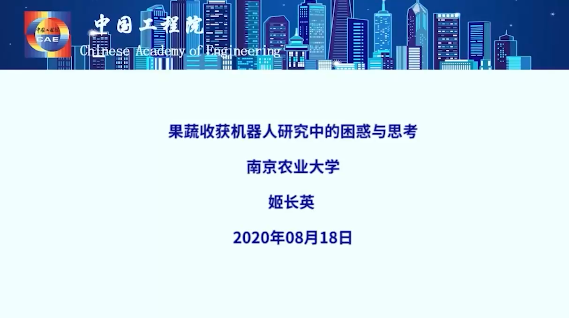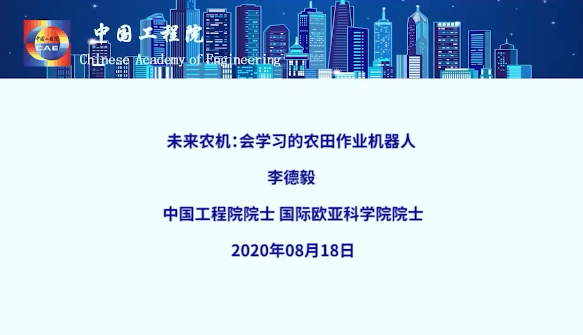Type
Journal Article 331
Conference Videos 67
Conference Information 38
Year
2024 1
2023 4
2022 26
2021 31
2020 29
2019 67
2018 38
2017 26
2016 14
2015 14
2014 12
2013 22
2012 13
2011 18
2010 15
2009 23
2008 17
2007 18
2006 13
2005 5
Keyword
numerical simulation 57
Artificial intelligence 15
artificial intelligence 15
big data 10
simulation 10
dynamic simulation 9
Big data 6
computer simulation 6
CFD simulation 4
Numerical simulation 4
immunology 4
process simulation 4
visual simulation 4
Deep learning 3
GIS 3
system simulation 3
Big Data 2
Cancer 2
Intelligent manufacturing 2
Artificial Intelligence Sort: By Time Asc | By Time Desc
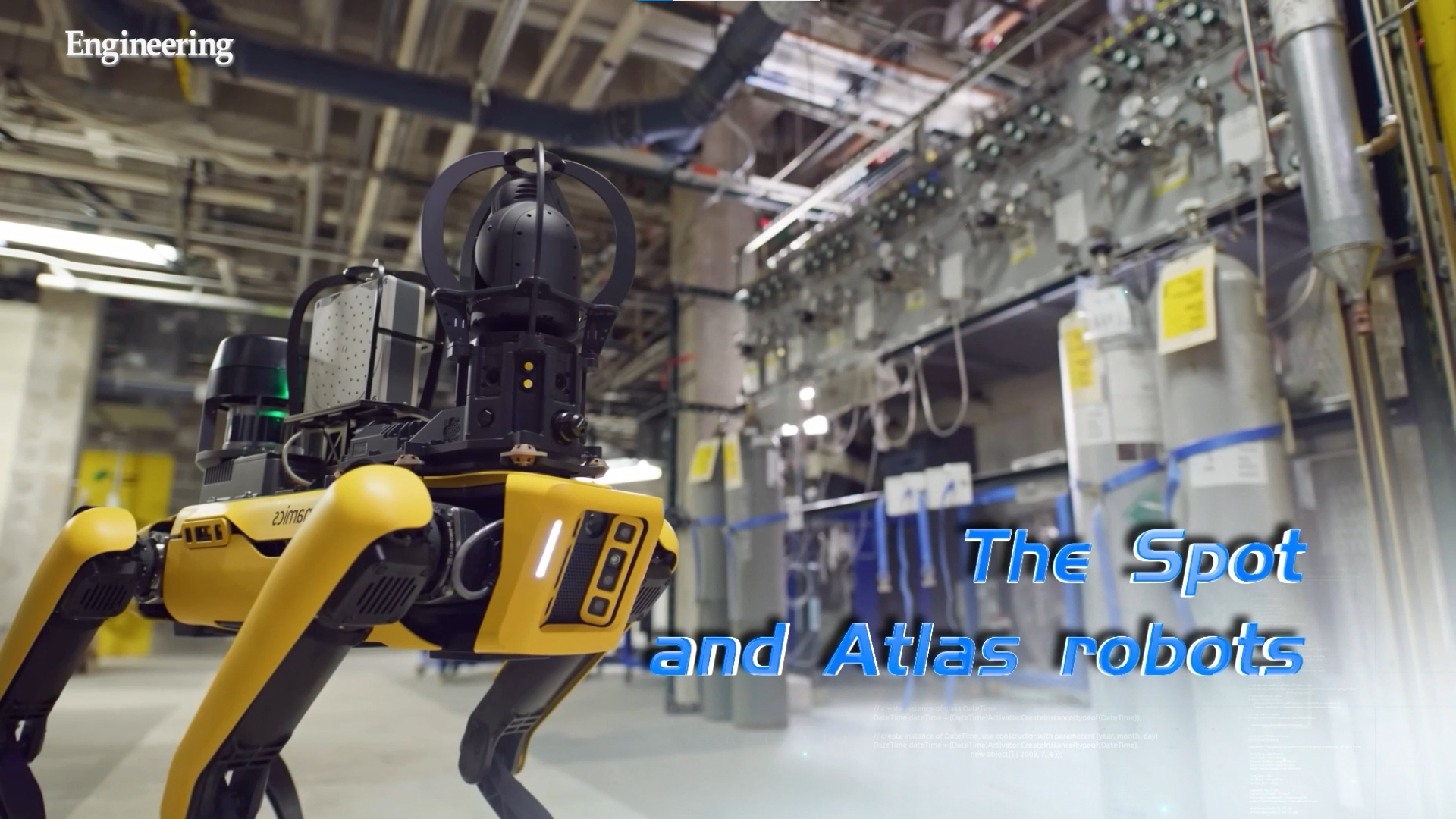
The Spot and Atlas robots(English)
16 Jan 2024
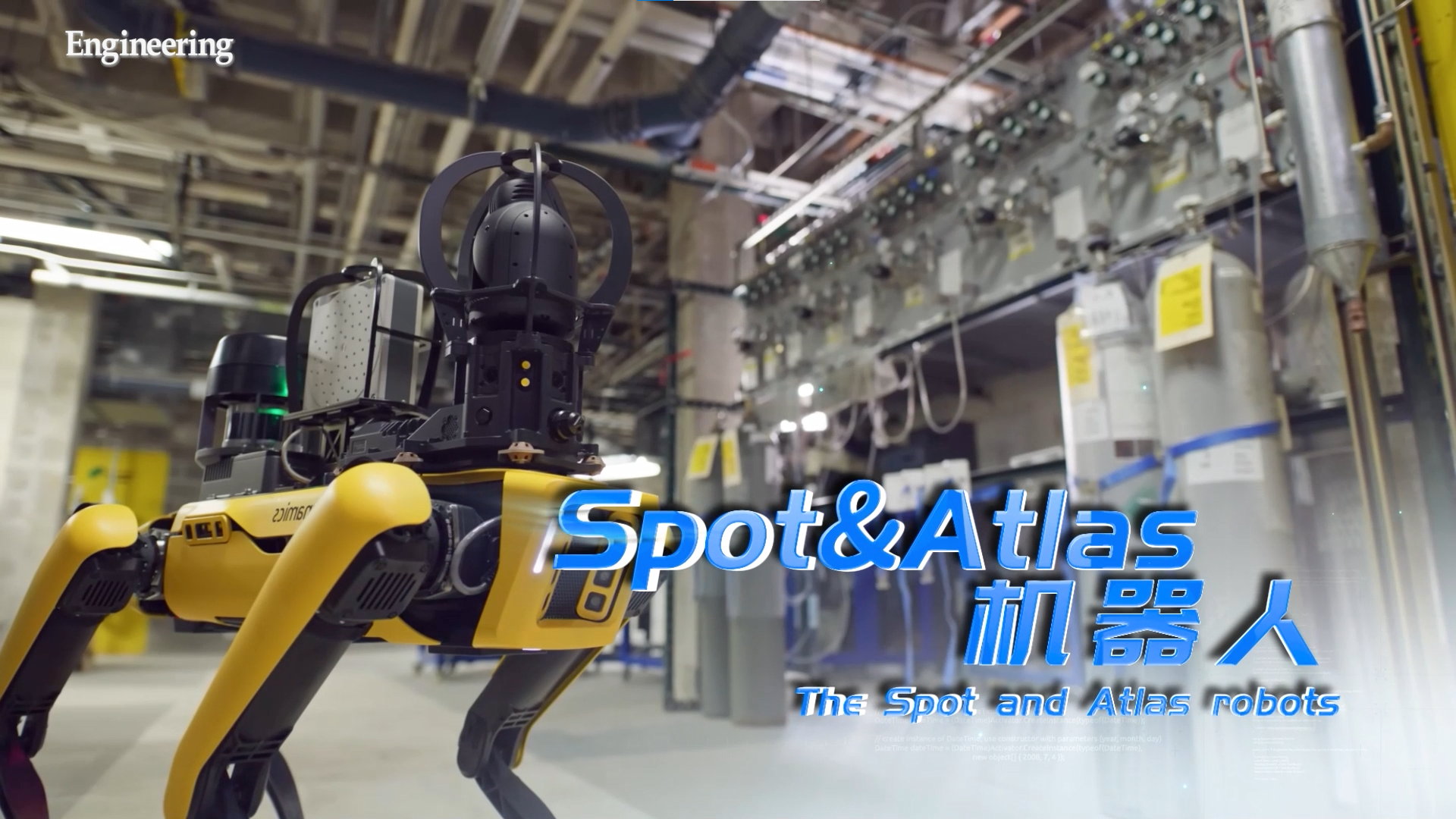
20 Dec 2023
Strategic Study of CAE 2023, Volume 25, Issue 5, Pages 146-156 doi: 10.15302/J-SSCAE-2023.05.013
Low-Carbon Development of Civil Aviation Industry
Strategic Study of CAE 2023, Volume 25, Issue 5, Pages 165-173 doi: 10.15302/J-SSCAE-2023.05.015
